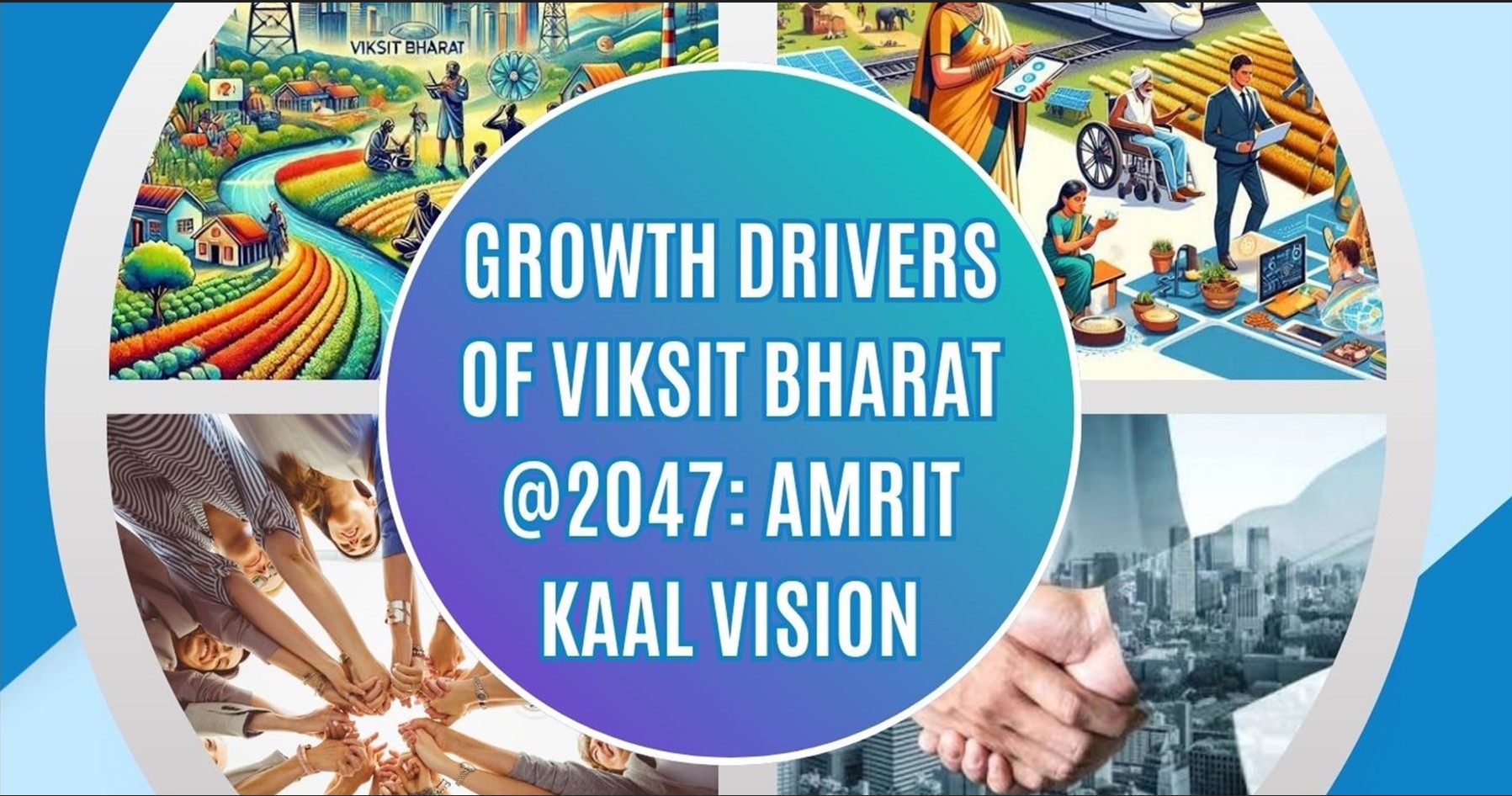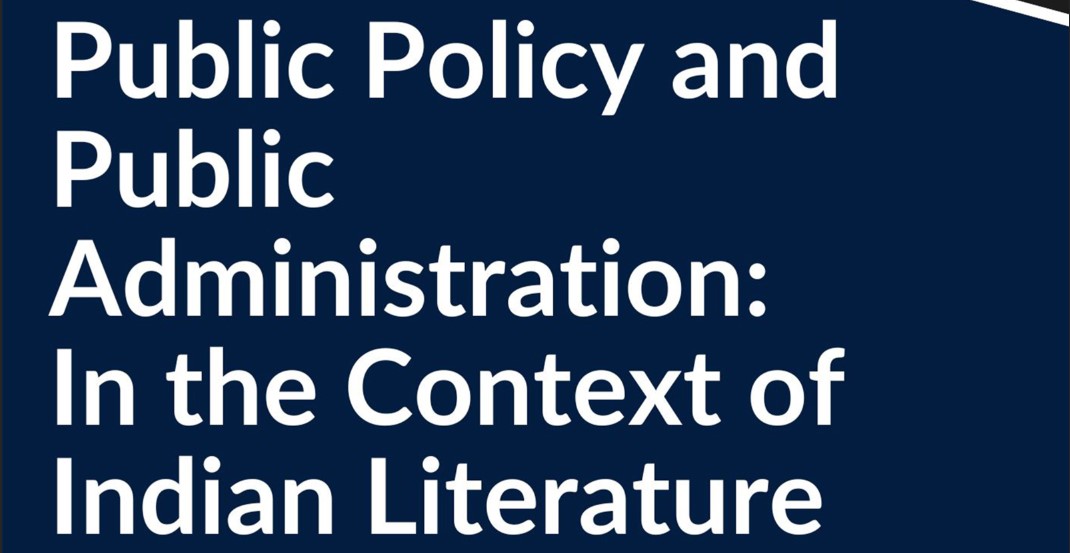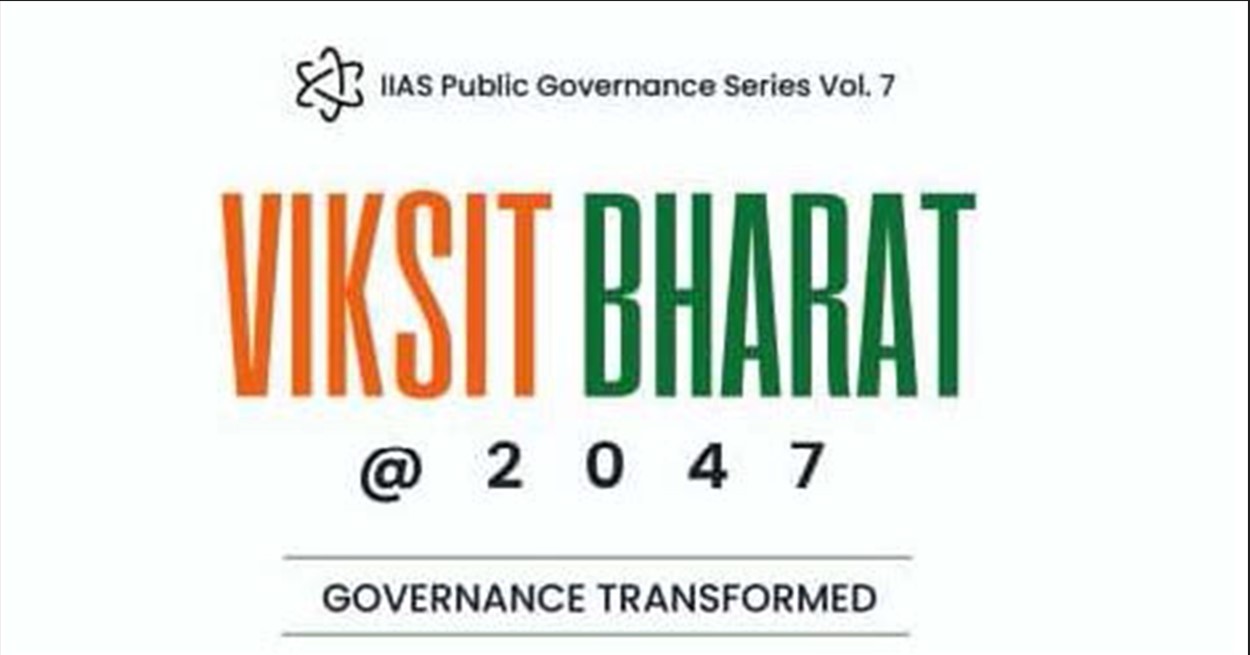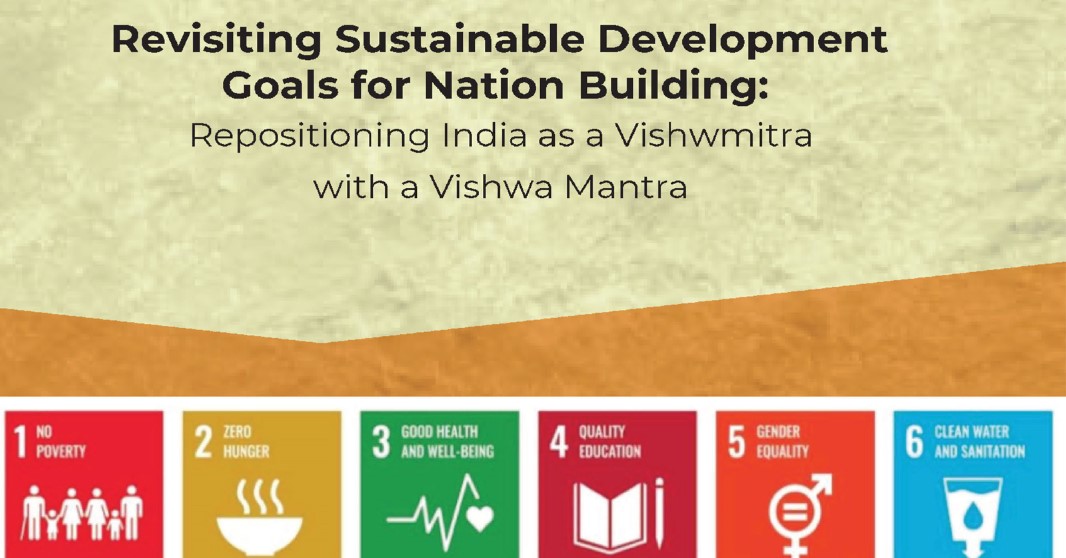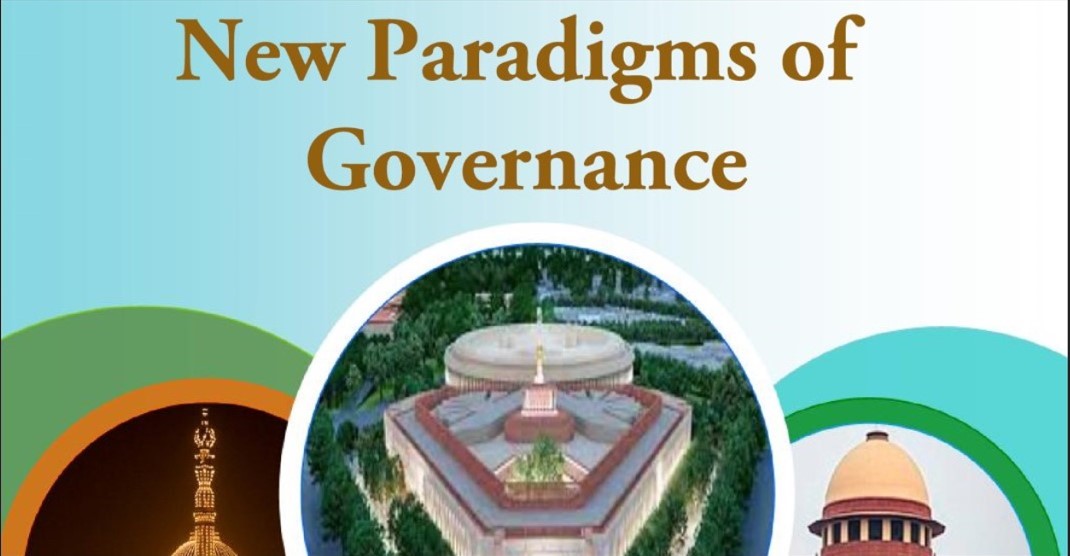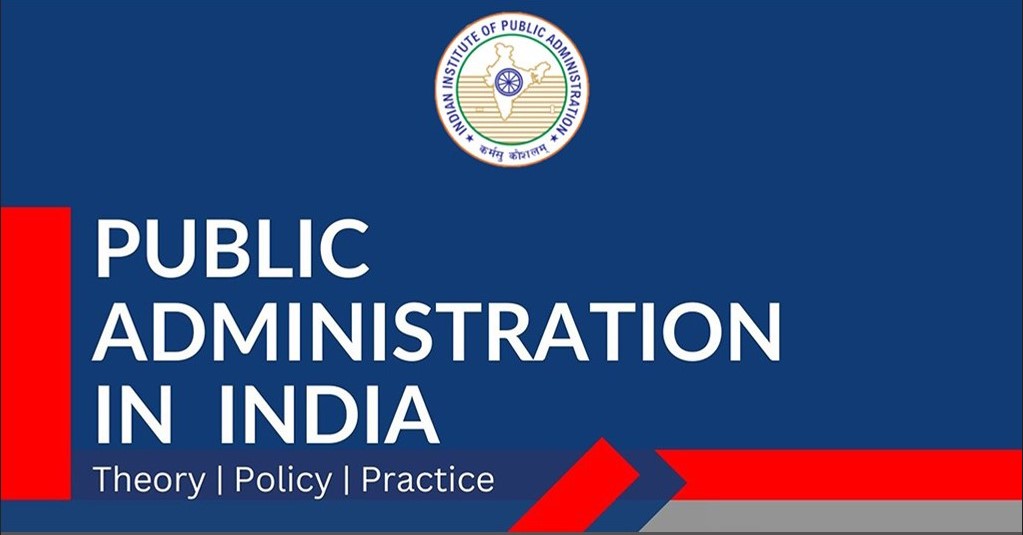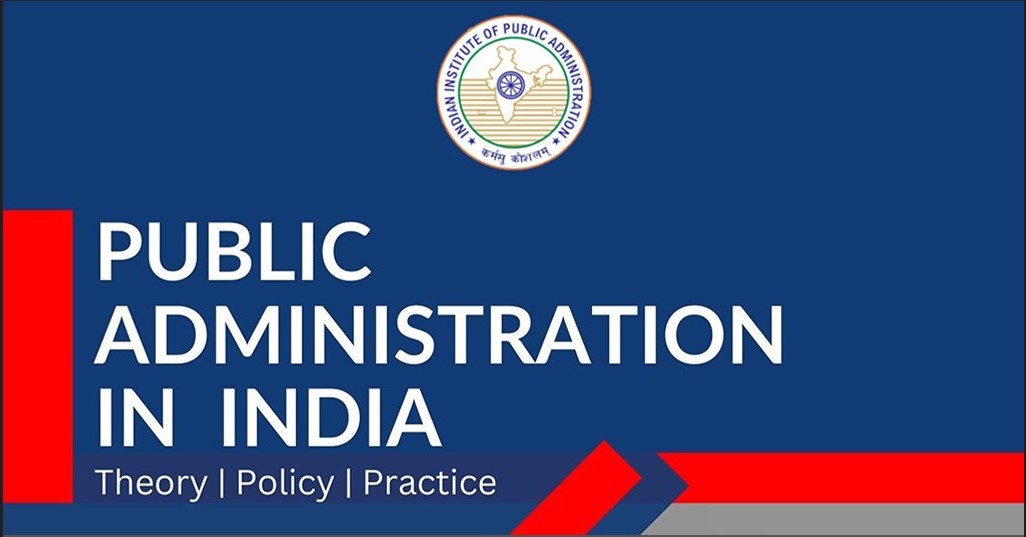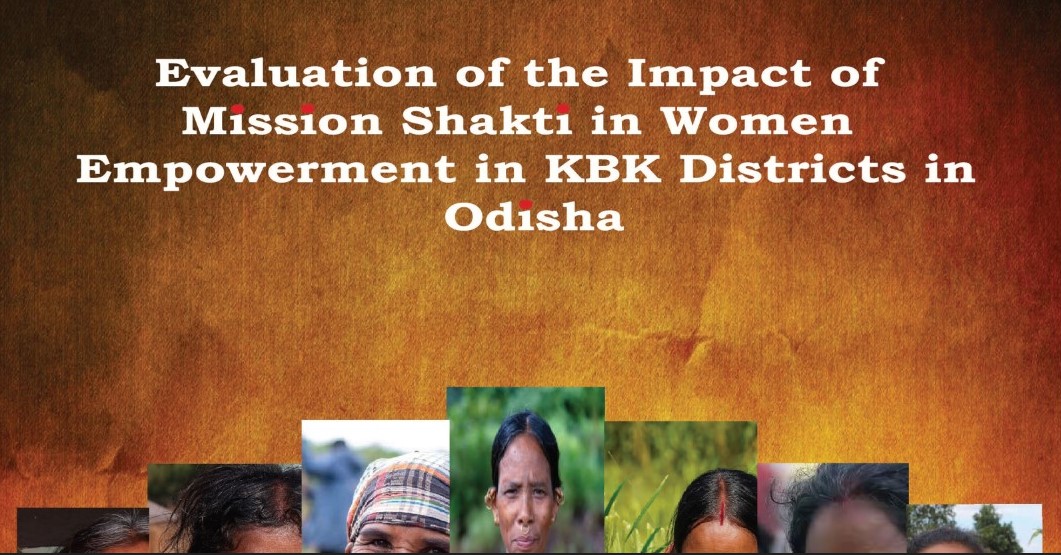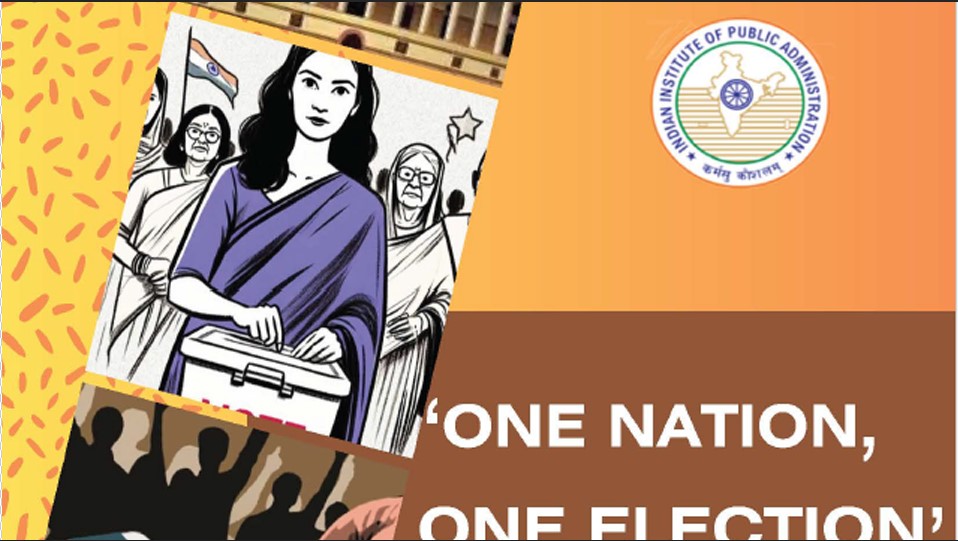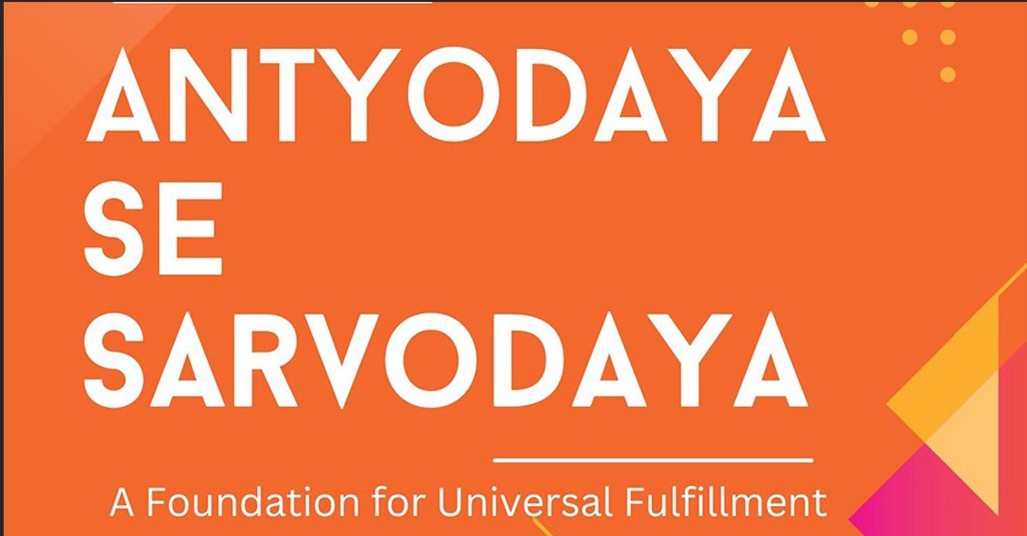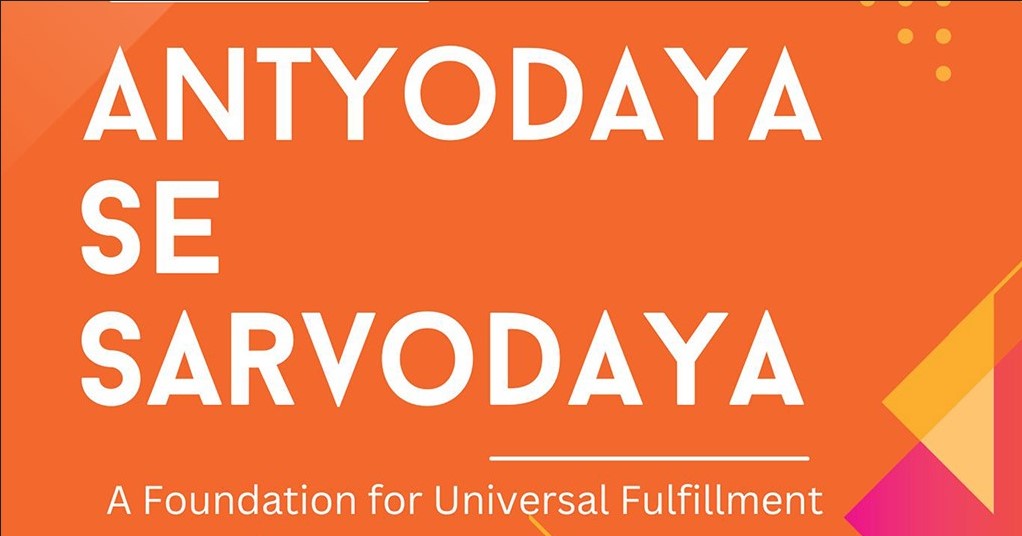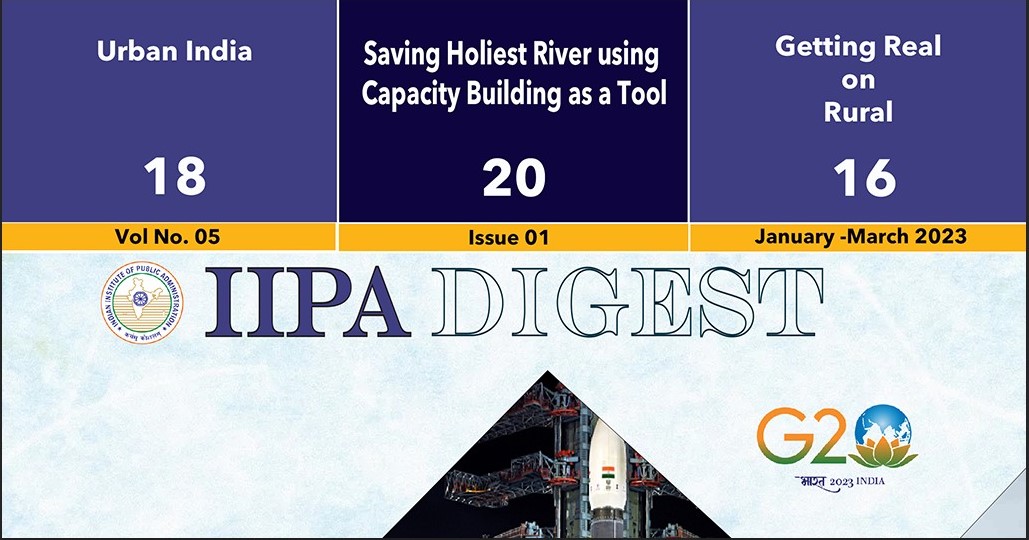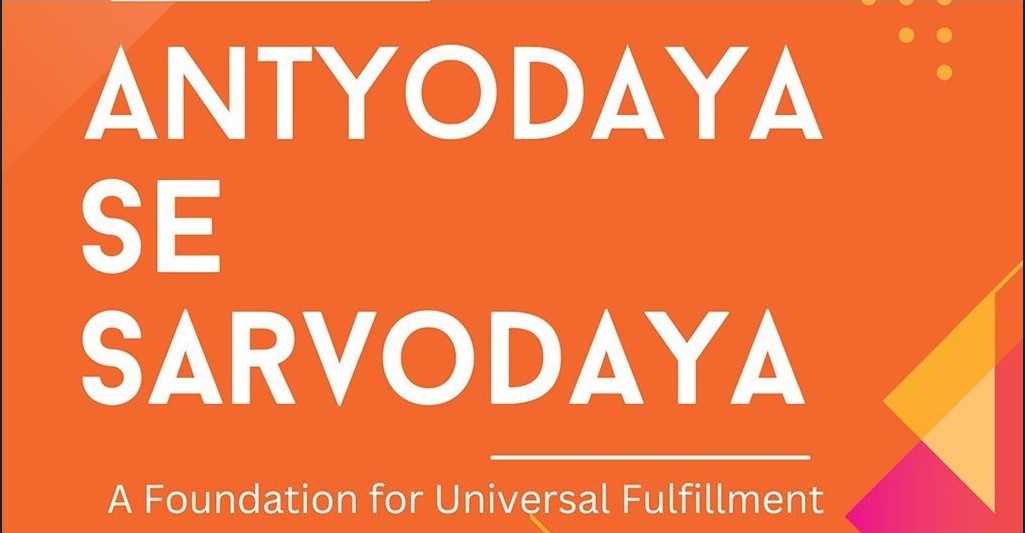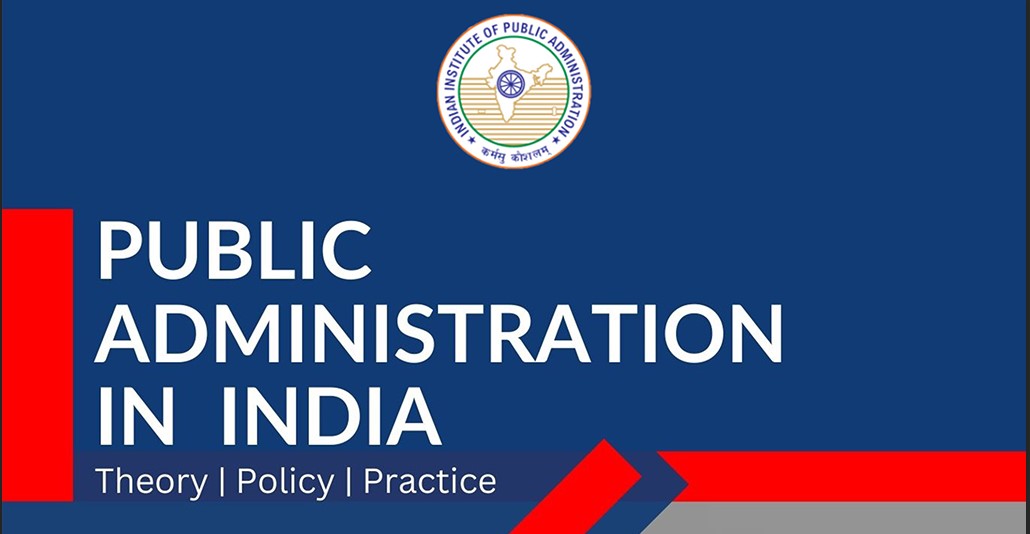Role of General Purpose Technologies in Developing a Digital Mindset in Public Administration
Abstract
General Purpose Technologies (GPTs), such as Artificial Intelligence (AI), Blockchain, Cloud Computing, and the Internet of Things (IoT), are transforming various sectors, including public administration. These technologies hold the potential to create more efficient, transparent, and citizen-centered government operations. This article explores the role of GPTs in developing a digital mindset within public administration, emphasizing the need for data-driven decision-making, innovation, and a focus on citizen engagement. By examining the case studies of Estonia and Singapore, the article illustrates how GPTs can drive public sector modernization and improve service delivery. Despite the promising potential, the adoption of GPTs in government faces several challenges, including resistance to change, the digital divide, and concerns over data privacy and security. Addressing these challenges requires comprehensive policy reforms, investments in digital infrastructure, and the fostering of digital literacy among government employees and citizens. Ultimately, the successful integration of GPTs into public administration depends on overcoming these barriers and creating an inclusive and resilient digital governance framework. This article concludes by suggesting that while the integration of GPTs presents challenges, their potential to reshape public administration for the better is undeniable, fostering a more responsive, transparent, and effective government.
Keywords: General Purpose Technologies, digital mindset, public administration, artificial intelligence, cloud computing, blockchain, internet of things, digital transformation, citizen-centered governance, digital divide, e-government, data privacy, digital literacy.
1. Introduction
In the modern era, “General Purpose Technologies (GPTs)”, including Artificial Intelligence
(AI), Cloud Computing, Blockchain, and the Internet of Things (IoT), are revolutionizing how industries operate, with public administration being no exception. These technologies have the power to enhance government efficiency, improve public services, and drive the adoption of new forms of citizen engagement. As governments around the world seek to modernize their bureaucratic structures, there is a growing emphasis on fostering a “Digital Mindset”. This mindset entails embracing technological innovation, fostering data-driven decision-making, and prioritizing citizen-centric governance.
The convergence of GPTs and a digital mindset is a game-changer for public administration as it enables agility, transparency, accountability, and inclusivity in public service delivery. However, the successful integration of these technologies requires overcoming substantial challenges, including institutional resistance, digital inequality, and the need for significant policy reforms. This article explores the potential of GPTs to instill a digital mindset within public administration by analyzing real-world examples, identifying obstacles, and outlining the critical factors for successful implementation.
2. Theoretical Foundations of General Purpose Technologies (GPTs)
2.1 Defining General Purpose Technologies
General Purpose Technologies (GPTs) are innovations that have wide-ranging impact across various sectors, contributing to broad, often transformative changes. GPTs have systemic effects, influencing the structure of economies, societal functions, and organizational operations (Bresnahan & Trajtenberg, 1995). These technologies can fuel economic growth, create new markets, and provide the foundational tools for innovation across multiple sectors. Some classic examples of GPTs in history include the ‘steam engine’, ’electricity’, and the ‘computer’. These technologies fundamentally altered industries, spurred productivity gains, and reshaped social and economic interactions.
Modern GPTs, particularly in the domains of ‘Artificial Intelligence’, ‘Cloud Computing’, ‘Blockchain’, and the ‘Internet of Things (IoT)’, are the driving forces behind a new era of digital transformation. These technologies enable governments to adopt new, more efficient forms of service delivery, transform administrative processes, and foster “Citizen-centered Governance”. A robust ‘digital mindset’ is a prerequisite for unlocking the full potential of GPTs, and this mindset involves adopting data-driven decision-making, fostering agility in administrative processes, and creating inclusive systems that serve all citizens equitably.
2.2 The Digital Mindset in Public Administration
In the context of public administration, a “digital mindset” goes beyond simply adopting new technologies; it involves a fundamental shift in how government agencies view technology, governance, and service delivery. A digital mindset requires:
• Data-Driven Decision-Making: Emphasizing the use of real-time data analytics and evidence-based approaches for policymaking.
• Agility and Innovation: Encouraging a flexible, responsive approach to addressing societal challenges, promoting continuous improvement, and digital innovation.
• Citizen-Centered Services: Focusing on personalized, efficient service delivery that meets the diverse needs of citizens, rather than adhering to rigid, outdated bureaucratic processes.
• Transparency and Accountability: Using digital technologies to ensure transparency in government operations, reduce corruption, and enhance trust between citizens and the government.
Adopting a digital mindset in public administration involves organizational change, leadership transformation, and a strategic approach to embedding “digital literacy” across all levels of government.
3. The Role of GPTs in Developing a Digital Mindset in Public Administration
3.1 Artificial Intelligence (AI)
Artificial Intelligence (AI) is a transformative GPT that offers significant potential for enhancing public administration. AI can automate repetitive tasks, provide predictive insights, and improve decision-making processes. Key benefits include:
• Data-Driven Policy and Decision Making: AI systems can process vast amounts of data to provide actionable insights for policymakers. For example, predictive models in public health, such as AI-driven epidemiological models, can help forecast disease outbreaks and guide intervention strategies (Agerri et al., 2021). Similarly, AI algorithms can assess the effectiveness of various policies by analyzing outcomes across multiple sectors, improving resource allocation.
• Automation and Efficiency: AI can automate many routine administrative tasks, such as processing applications, handling citizen inquiries, and conducting compliance checks. For instance, chatbots and virtual assistants can provide 24/7 support to citizens, answering frequently asked questions and streamlining communication between the public and government agencies (Gulati et al., 2020). This improves both the speed and quality of service delivery while reducing the workload on public servants.
• Enhancing Public Service Innovation: AI helps governments rethink traditional service delivery models by enabling “smart cities” and AI-powered public sector innovations. Governments can use AI to optimize public services such as transportation management, waste collection, and energy distribution, making them more efficient and cost-effective (Chui et al., 2018).
3.2 Cloud Computing
Cloud computing offers governments scalable, flexible, and cost-efficient solutions for delivering digital services and managing public data. By leveraging cloud technologies, public institutions can improve their service offerings while reducing the costs and complexity associated with managing physical infrastructure.
• Scalable and Agile Service Delivery: Cloud platforms provide the infrastructure necessary for governments to scale services quickly, whether for day-to-day operations or during times of crisis. During the “COVID-19 pandemic”, cloud computing enabled governments to rapidly deploy digital platforms for contact tracing, vaccine distribution, and economic relief programs (Lauk et al., 2016).
• Collaboration and Data Sharing: Cloud services allow government agencies, private sector organizations, and civil society groups to collaborate more effectively by sharing data and resources securely and efficiently. Collaborative efforts in fields such as “disaster response” and “public health” can be facilitated through the use of cloud-based tools that aggregate data from multiple sources and provide real-time analytics.
• Cost Savings and Efficiency: By adopting cloud infrastructure, governments can reduce the need for capital investment in on-premises hardware, lower operational costs, and make better use of taxpayer funds. For instance, governments can leverage “Software as a Service (SaaS)” platforms for everything from data analytics to enterprise resource planning (ERP) systems, ensuring a high level of service without heavy upfront investments (Mell & Grance, 2011).
3.3 Blockchain
Blockchain technology, best known for its role in cryptocurrencies, has the potential to revolutionize public administration by ensuring transparency, security, and accountability in government operations.
• Transparent and Secure Records: Blockchain provides a decentralized and immutable ledger, making it ideal for managing government transactions such as public procurement, voting, and welfare disbursements. By utilizing blockchain, governments can ensure the integrity of public records, reduce corruption, and ensure that transactions are tamper-proof (Tapscott & Tapscott, 2016).
• E-Governance and Digital Identity: Blockchain can be used to create secure “digital identities” for citizens, giving them easy access to a wide range of government services. For instance, “Estonia” has pioneered the use of blockchain to secure digital identities, allowing citizens to access services such as online voting, healthcare, and social security with a single, secure digital identity (Kern, 2019).
• Improving Trust in Governance: The transparency provided by blockchain can foster greater trust between citizens and their governments. In areas like “elections”, “public procurement”, and “taxation”, blockchain ensures that data is recorded transparently and publicly available for verification, thereby reducing opportunities for fraud and corruption.
3.4 Internet of Things (IoT)
The Internet of Things (IoT) refers to the network of interconnected devices that can collect and share data. IoT applications in public administration are rapidly growing, with governments leveraging these devices to improve urban management, public safety, and environmental monitoring.
• Smart Cities and Urban Management: IoT devices in “smart cities” collect real-time data on air quality, traffic, energy usage, and more. For example, “Barcelona” uses IoT sensors to monitor public waste bins and optimize waste collection routes, improving efficiency and reducing costs (Pugliese et al., 2020). Additionally, IoT-based “smart grids” can improve the distribution of electricity and reduce energy waste.
• Public Safety and Security: IoT devices, such as surveillance cameras, sensors, and smart traffic lights, play an essential role in enhancing public safety. In “New York City”, for example, IoT-powered surveillance systems and environmental sensors help authorities monitor crime, traffic accidents, and pollution levels in real-time, enabling more timely responses and decision-making.
• Environmental Sustainability: IoT devices also help governments monitor and manage natural resources more effectively. “IoT-based environmental monitoring systems” enable governments to track water usage, soil health, and air quality, providing valuable data for policymaking in areas such as climate change mitigation and sustainability (Gubbi et al., 2013).
4. Expanded Case Studies of GPTs in Public Administration
4.1 Singapore's Smart Nation Initiative
Singapore has long been a global leader in leveraging digital technologies to enhance public administration. The Smart Nation initiative, launched in 2014, represents Singapore’s vision to harness advanced technologies such as AI, IoT, big data, and cloud computing to create a more connected, efficient, and responsive government.
Key features of the Smart Nation initiative include:
• Data-Driven Governance: The government uses data analytics to improve urban planning, transportation, and environmental management. The Land Transport Authority (LTA), for example, uses real-time traffic data to optimize traffic flow and reduce congestion.
• Healthcare and Citizen Services: AI-driven platforms help the government personalize healthcare services, ensuring that citizens receive care tailored to their specific needs. Singapore’s digital healthcare system integrates cloud computing and AI to improve patient outcomes and reduce wait times (Tan et al., 2017).
• Public Engagement: The “Open Data” initiative allows citizens to access government data and contribute to the development of solutions. Singapore has developed a robust digital infrastructure that facilitates citizen participation in governance, fostering a culture of “co-creation”.
4.2 Estonia’s E-Government Transformation
Estonia is considered one of the most digitally advanced countries in the world. The country’s adoption of “e-government” and “blockchain” technologies has transformed the way it delivers public services.
• “E-Residency”: Estonia has introduced the concept of “e-residency”, allowing anyone in the world to access Estonian digital services such as company formation, banking, and tax filing. This initiative leverages blockchain technology to ensure the security and transparency of online transactions (Kern, 2019).
• Digital Healthcare and Voting: Estonia’s “e-health” system allows citizens to access their health records securely online. The country also allows citizens to vote in elections via “online voting platforms”, which are secured using blockchain technology to prevent fraud and ensure transparency.
Estonia’s success in implementing digital governance showcases the potential of GPTs to foster a “digital mindset” and transform the way public administration functions in the 21st century.
5. Challenges in Adopting GPTs in Public Administration
5.1 Resistance to Technological Change
The adoption of new technologies often faces resistance within public institutions, particularly in hierarchical and bureaucratic systems. Public servants may be hesitant to adopt new technologies due to fears of obsolescence, a lack of digital skills, or concerns about job security.
To address this, governments must implement robust “training programs for civil servants, create a culture of digital literacy, and establish leadership that supports technological innovation. Additionally, engaging with citizens and public servants to demonstrate the benefits of GPTs can help build acceptance and overcome resistance.
5.2 Digital Divide
The digital divide remains a persistent barrier to the adoption of GPTs, particularly in developing countries. Citizens without access to the internet, digital devices, or the necessary digital skills may be excluded from the benefits of digital governance. Governments need to invest in digital infrastructure and inclusion policies to ensure that all citizens can participate in digital government services. This could include providing low-cost internet access, promoting digital literacy programs, and designing user-friendly digital platforms that cater to marginalized groups.
5.3 Data Privacy and Security Risks
As governments collect and process large volumes of data to improve services, ensuring the security and privacy of citizens' information becomes a critical concern. Cybersecurity must be prioritized, with strong protections in place to safeguard against breaches and misuse of personal data. Governments should adhere to established frameworks, such as the General Data Protection Regulation (GDPR), to mitigate risks associated with data privacy.
6. Conclusion
The integration of General Purpose Technologies (GPTs) into public administration offers vast potential to reshape government functions and deliver more efficient, transparent, and citizen-centered services. By embracing GPTs like AI, cloud computing, blockchain, and IoT, governments can foster a digital mindset that emphasizes data-driven decision-making, adaptability, and collaboration. However, to successfully realize these benefits, governments must address the challenges of institutional resistance, digital inequality, and data privacy.
By drawing lessons from countries like Singapore and Estonia, which have demonstrated the effective use of GPTs in transforming governance, other nations can accelerate their own digital transformations. The path forward requires thoughtful policy development, investment in digital infrastructure, and a commitment to fostering an inclusive digital future for all citizens.
References
1. Agerri, F., et al. (2021). "Artificial Intelligence in Public Health Policy: Opportunities and Challenges." Journal of Public Administration Research and Theory.
2. Bresnahan, T., & Trajtenberg, M. (1995). "General Purpose Technologies: ‘Engines of Growth’?" Journal of Econometrics, 65(1), 83–108.
3. Chui, M., et al. (2018). "Artificial Intelligence in Government." McKinsey & Company Report.
4. Gulati, A., et al. (2020). "Chatbots and Automation in Public Service Delivery: A Case Study." Government Information Quarterly.
5. Kern, T. (2019). "Blockchain for E-Governance: The Case of Estonia." Digital Government: Research and Practice.
6. Lauk, T., et al. (2016). "Cloud Computing in Public Administration: Opportunities and Challenges." Journal of Public Administration and Policy.
7. Mell, P., & Grance, T. (2011). "The NIST Definition of Cloud Computing." National Institute of Standards and Technology.
8. Pugliese, A., et al. (2020). "Smart Cities and IoT: Integrating IoT into Urban Governance." Urban Studies Journal.
9. Tapscott, D., & Tapscott, A. (2016). Blockchain Revolution: How the Technology Behind Bitcoin and Other Cryptocurrencies is Changing the World. Penguin.
10. Zohar, D., et al. (2018). "Blockchain for Elections: Ensuring Electoral Integrity." International Journal of Electronic Government Research.
Leave a comment
More articles from Governance & Polity




